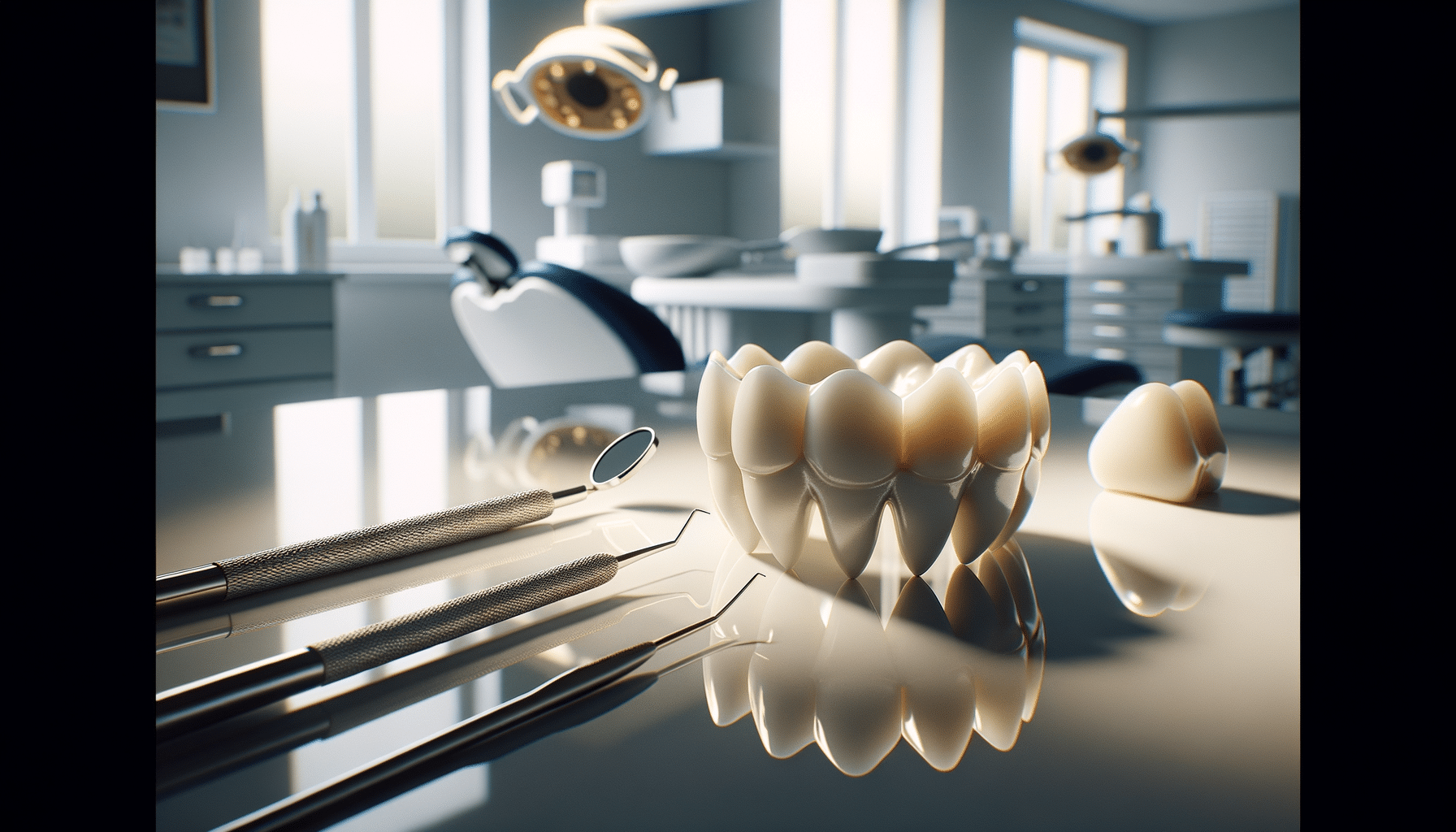
Learn more about Dental Veneers
Introduction to Dental Veneers
Dental veneers have become a popular choice in cosmetic dentistry for those looking to enhance their smile. These thin coverings are applied to the front surface of teeth, providing a solution for a range of dental imperfections. Veneers are typically made from porcelain or composite resin, each offering unique benefits. The choice of material often depends on individual needs, preferences, and the advice of a dental professional.
Veneers are renowned for their ability to improve the appearance of teeth, addressing issues such as discoloration, chips, and misalignment. With advancements in dental technology, veneers now offer a more natural look and feel, blending seamlessly with existing teeth. This has made them a favored option for those seeking to enhance their aesthetic appeal without invasive procedures.
Understanding the process of getting veneers, from consultation to final fitting, is crucial for anyone considering this cosmetic treatment. It involves several steps, including initial assessment, preparation of the teeth, and the bonding of the veneers. Each stage is essential to ensure the veneers not only look good but also function effectively.
The Process of Getting Dental Veneers
Getting dental veneers is a multi-step process that requires careful planning and execution. The journey begins with a thorough consultation with a dental professional. During this initial meeting, the dentist will evaluate the condition of the teeth, discuss the patient’s goals, and determine whether veneers are a suitable option.
Once a decision is made to proceed, the next step involves preparing the teeth. This typically includes removing a small amount of enamel from the front surface of the teeth to accommodate the veneers. This step is essential to ensure a perfect fit and natural appearance. Impressions of the teeth are then taken to create custom veneers that match the shape and color of the existing teeth.
The final step in the process is the bonding of the veneers. This involves applying a special adhesive to the prepared teeth and carefully placing each veneer. The dentist will make any necessary adjustments to ensure a comfortable fit and natural look. Once the veneers are in place, they are cured with a special light to harden the adhesive, securing them firmly to the teeth.
Materials Used in Dental Veneers
Dental veneers are crafted from two primary materials: porcelain and composite resin. Each material has distinct properties, offering different advantages based on the needs and preferences of the patient.
Porcelain veneers are known for their exceptional quality and durability. They are highly resistant to staining and can mimic the light-reflecting properties of natural teeth, providing a more lifelike appearance. Porcelain veneers are custom-made in a lab, ensuring a precise fit and color match. They are a well-regarded option for those seeking a long-lasting solution.
Composite resin veneers, on the other hand, are typically applied directly to the teeth in a single visit. They are a more affordable option compared to porcelain veneers and can be easily repaired if damaged. Composite veneers are highly rated for their versatility, allowing for quick adjustments and refinements.
Choosing the right material for veneers depends on various factors, including budget, desired outcome, and the specific dental concerns being addressed. A dental professional can provide guidance on the most suitable option based on individual circumstances.
Maintenance and Longevity of Dental Veneers
Maintaining dental veneers requires a commitment to good oral hygiene practices. Regular brushing and flossing are essential to keep the veneers and underlying teeth healthy. While veneers are resistant to staining, it is advisable to avoid foods and beverages that can cause discoloration, such as coffee, tea, and red wine.
Routine dental check-ups are important to monitor the condition of the veneers and address any issues promptly. During these visits, the dentist can assess the fit and appearance of the veneers, making adjustments if necessary. Professional cleanings help remove plaque and tartar, ensuring both the veneers and natural teeth remain in optimal condition.
The longevity of dental veneers can vary based on the material used and the care taken by the individual. Porcelain veneers can last between 10 to 15 years with proper maintenance, while composite resin veneers may have a shorter lifespan of around 5 to 7 years. Adhering to recommended care practices can significantly extend the life of veneers.
Conclusion: Is Dental Veneering Right for You?
Dental veneers offer a viable solution for those looking to enhance their smile and address cosmetic dental concerns. With the ability to correct discoloration, chips, and minor misalignments, veneers provide a versatile option for many individuals. However, it is important to evaluate personal needs, budget, and long-term goals when considering veneers.
Consulting with a dental professional is a crucial step in determining whether veneers are the right choice. They can provide personalized advice based on a comprehensive assessment of dental health and aesthetic desires. Additionally, understanding the process, materials, and maintenance involved can help individuals make informed decisions about this cosmetic dental procedure.
Ultimately, dental veneers can transform a smile, boosting confidence and self-esteem. With proper care and regular dental visits, veneers can be a long-lasting investment in both appearance and oral health.


